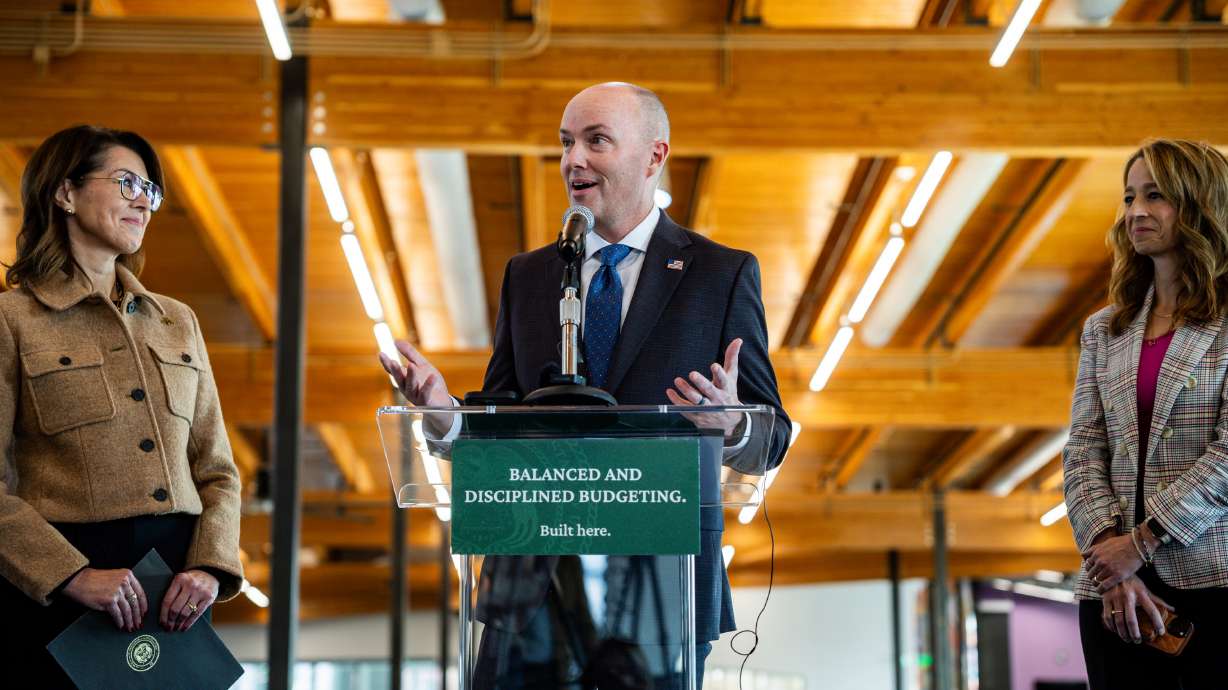In addition to seeking an increase in the sales tax to help improve its services, the Utah Transit Authority has doubled the amount of bonuses awarded to its managers since last year.
A total of $1.74 million in bonuses was awarded to 389 employees, for an average of $4,473. Of course, most bonuses fell below that average, because many others were substantially higher: $30,000 to the General Manager, General Counsel, Chief Operating Officer, Chief Communications Officer, Chief Capital Development Officer, Chief Safety Officer, and the Chief Planning Officer. Three other managers received bonuses higher than $20,000, and another 21 were awarded bonuses higher than $10,000. All of this is on top of high base salaries.
The Salt Lake Tribune‘s editorial on this issue focused primarily on the public relations problem that such bonuses has generated. But the problem here is fundamental, not superficial. Throwing so much cash at the upper echelons of a bureaucracy is objectionable not only because it’s allegedly excessive or generates bad press—it’s bad because it’s our money.
A 2012 performance audit of UTA found, using 2010 data, that paying patrons of UTA covered only 20% of UTA’s operating costs. (When compared to UTA’s total costs, fares only accounted for 13% of revenue.) Those who ride UTA buses pay 15% of the total cost through their fare, whereas those who ride FrontRunner pay only 5%. And even with that massive taxpayer subsidy, UTA is unable to make ends meet—thus the desire to impose a higher sales tax to receive more money.
Representative Greg Hughes, who is the chair of UTA’s Board of Trustees, co-authored an op-ed with his vice chair in which the concerns regarding the bonuses were dismissed as “industry standard” and meritorious due to UTA’s good deeds:
The UTA Board of Trustees is proud the agency finished 2013 $6.7 million under budget and produced $2.2 million in increased efficiencies. The performance-based compensation program helped the agency achieve such savings, which were used to put more buses and trains into service, while increasing hours and miles by 2.6 percent. Total ridership grew 3.1 percent for a total of 44 million trips, an agency record.
Private organizations often award bonuses to their executives and high-performing employees—this is a justifiable and beneficial thing because they use their own money. To the extent that the bonuses are perceived by some to be excessive or undeserved, then it’s an internal matter between management, the employees, and the investors. Its impact on the public is non-existent (presuming, of course, that the company’s earnings were not obtained through legal plunder such as a bailout, stimulus, earmark, or other method of taxpayer financing).
But UTA is different. It is a quasi-governmental institution managed by government-appointed persons with a budget derived from coercive taxation. UTA would not exist in the marketplace—that elusive “free market” so many purport to love. Even at existing rates UTA patrons often balk at the cost and decry minor increases. Can you imagine the reaction if fares were increased by 800% to remove the subsidy?
The bonuses awarded to UTA executives each year are not objectionable because of their amount—they are objectionable because they are yet one more layer of wasteful spending layered on top of a heavily subsidized, market-violating enterprise.





